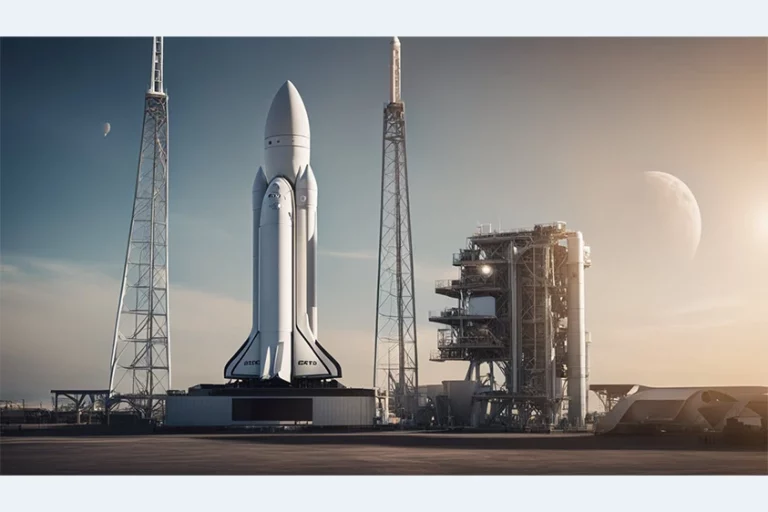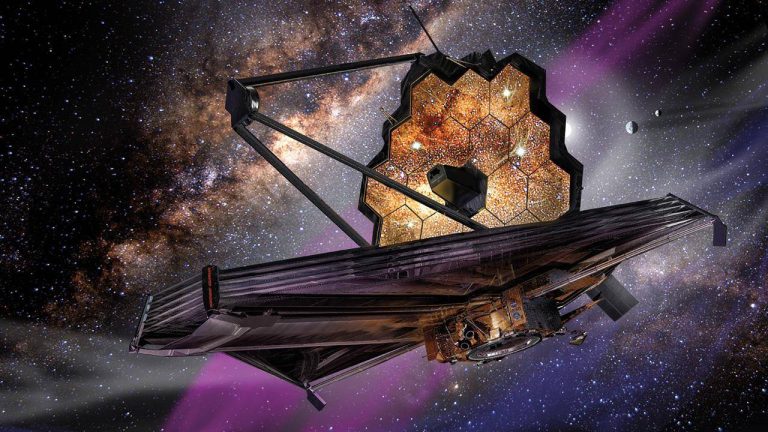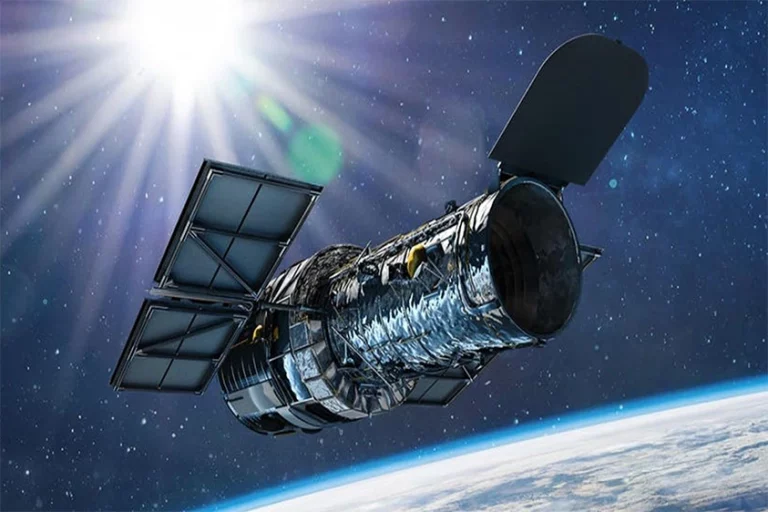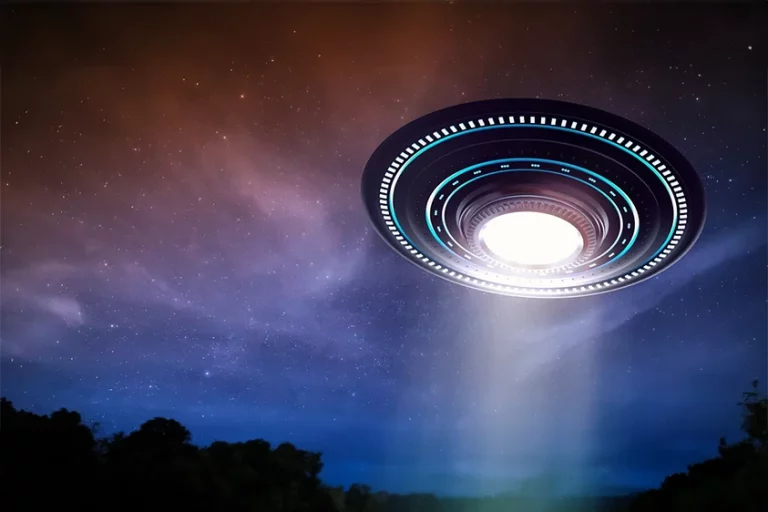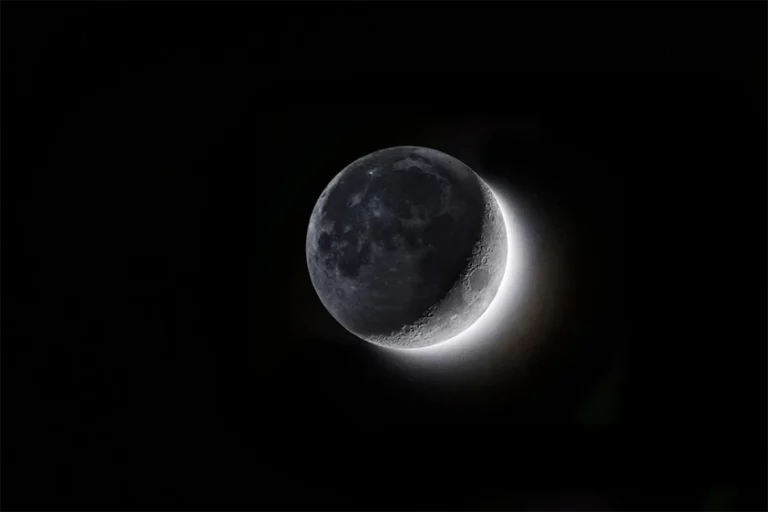NASA’s Asteroid Hunter Telescope Ends Its Life
NASA’s NEOWISE mission, also known as the Near Earth Object Wide field Infrared Survey Explorer is nearing the end of its life. Initially launched in 2009 for studies this space telescope later focused on identifying and studying, near Earth objects (NEOs). Throughout its tenure NEOWISE has made contributions to our understanding of asteroids and comets by collecting data on celestial bodies that come close to Earth.
As NEOWISE approaches its days due to increased activity causing atmospheric drag NASA is preparing for the next phase. Recognizing the importance of monitoring NEOs and their potential threat to our planet NASA is developing a successor called the NEO Surveyor. This new space telescope is specifically designed to carry forward the legacy of asteroid detection.
The NEO Surveyor aims to enhance our efforts in locating asteroids and improving our defense strategy. It builds upon the foundation laid by NEOWISE, which will cease operations in 2025. This new mission showcases NASA’s dedication to safeguarding Earth while expanding our knowledge about the objects, in our neighborhood.
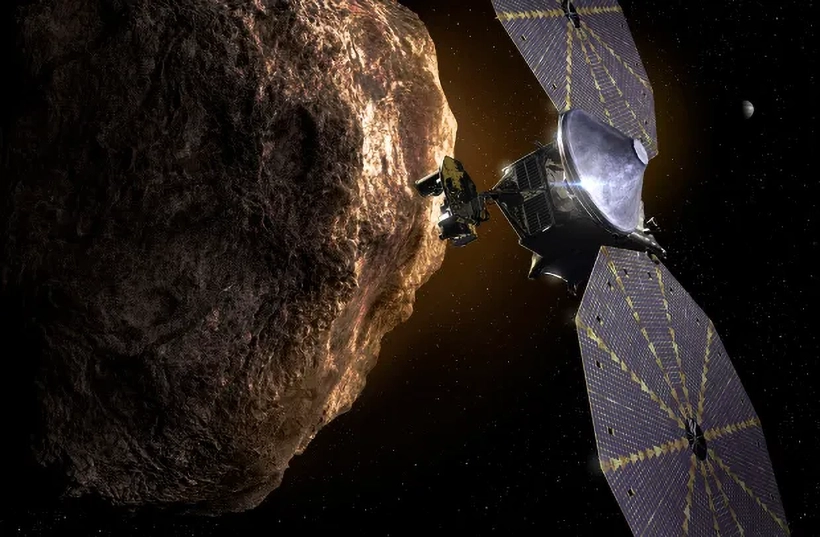
Mission Overview and Objectives
The NASA-administered mission aimed at identifying near-Earth objects (NEOs) has served a critical role in planetary defense. Using an space telescope the mission aimed to explore the vastness of space and gather detailed information about asteroids and comets that could pose risks to Earth.
Inception and Launch Plans
The mission was conceived as a response to the NASA Authorization Act of 2005 which mandated the creation of a program to identify, track and understand NEOs. As a result an infrared telescope with the ability to detect heat signatures against the background of space was developed. The NEOWISE (Near Earth Object field Infrared Survey Explorer) mission was successfully managed by NASA’s Jet Propulsion Laboratory (JPL). Launched into a Sun synchronous orbit to optimize its observational capabilities.
Near-Earth Object Identification
NEOWISE played a role in NASA’s strategy for protecting our planet by focusing on surveying and identifying NEOs such as asteroids and comets. Its advanced infrared sensors were instrumental in detecting objects that would have otherwise remained invisible to telescopes. This significantly expanded our knowledge about NEOs through a catalog.
Objectives:
- Conduct surveys of the system, for NEOs.
- Understand characteristics including size, albedo (reflectivity) and thermal properties of NEOs.
Planetary Defense Implications
The Planetary Defense Coordination Office (PDCO) utilizes data gathered from missions, like NEOWISE to develop and execute a defense strategy in case of an impact threat. By studying and characterizing Near Earth Objects (NEOs) this mission provides information needed to assess impact scenarios and formulate strategies for mitigating the risks. Such information plays a role in the PDCO’s objective of coordinating efforts to safeguard Earth from asteroids and comets.
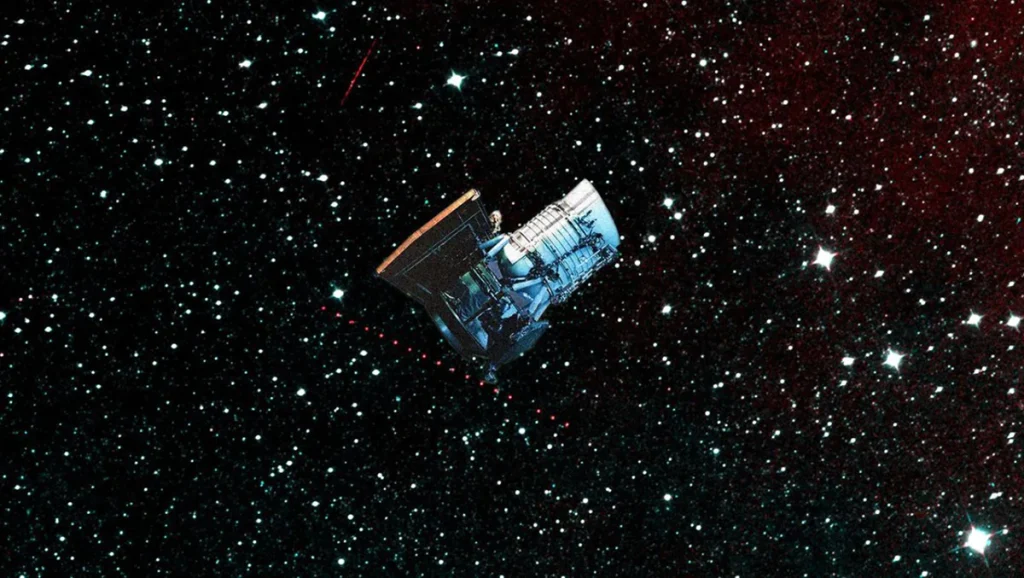
Technical Specifications and Innovations
The NEO Surveyor, an infrared observatory represents an advancement in space observation technology. It features cutting edge instrumentation specifically designed to detect and analyze objects within Earth’s vicinity.
Cutting-Edge Infrared Technology
NEO Surveyor is equipped with state-of-the-art infrared detectors that are sensitive across specific infrared wavelengths. This instrument operates in two infrared bands, allowing it to detect the heat signatures of asteroids and comets. The instruments ability to observe the starfield in infrared is essential for detecting threats that may otherwise go unnoticed.
- Infrared Detection Range: Broad-spectrum sensitivity to infrared wavelengths.
- Cooling Mechanism: Passively cooled instruments to maintain optimal detector sensitivity without the need for active refrigeration systems.

Spacecraft Design and Features
The spacecraft incorporates a robust design, optimized for its mission to hunt for asteroids. Key features during its fabrication phase included:
- Mirror: It includes a mirror that can accurately direct light from objects, onto its sensors.
- Thermal Regulation: Measures have been taken to minimize the impact of spacecraft generated heat on the accuracy of readings.
This design ensures that the telescope can successfully conduct a survey of near Earth objects.
| Feature | Description |
|---|---|
| Observation Modes | Multiple modes to enhance the detection and cataloging of fast-moving and faint objects |
| Communication | High-rate data downlink to relay survey data back to Earth |
| Operational Life | The telescope’s operating life is expected to align with mission objectives. |
Data Collection and Analysis
The advanced systems onboard NEO Surveyor enable collection and interpretation of survey data. This is crucial for building a database with information about each observed near-Earth object.
- Data Processing: The onboard software assists in identifying and characterizing objects by utilizing data collected across infrared spectra.
- Analysis Objectives: The main focus is to determine the composition, size and trajectory of near-Earth objects.
By systematically organizing observatory data, NEO Surveyor aids scientists in determining which asteroids and comets could pose a risk to Earth.


